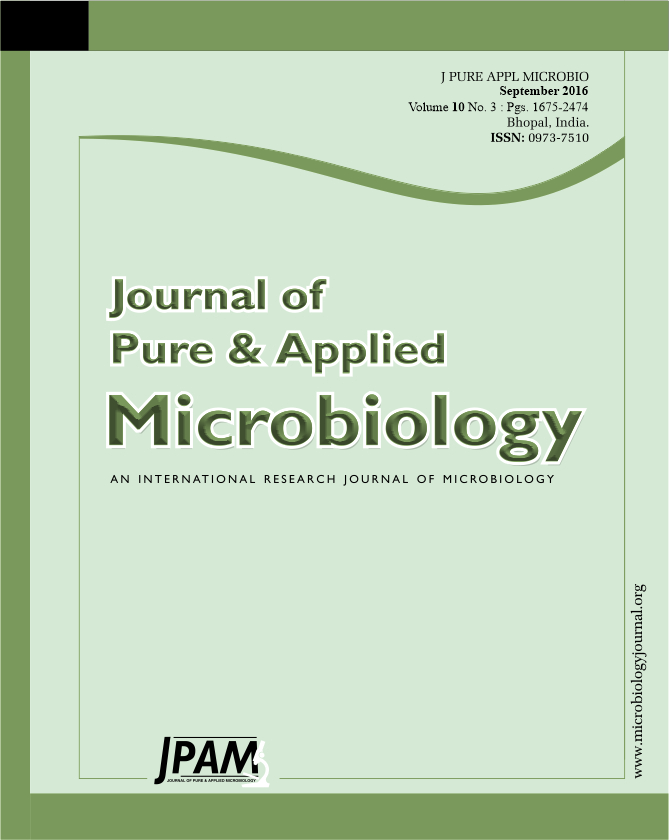Oxalates are toxic secondary metabolites found in a variety of plant taxa and are consumed by numerous organisms. Termites have a heterogeneous food habit and consume oxalate producing plants. Intestinal microbes have been reported to be instrumental in metabolizing oxalate in mammals. The present study dwells on the idea that termite gut microbiota plays crucial role in detoxifying oxalate compounds. To implore upon this hypothesis, we investigated gut eubacterial community structure of Odontotermes species through constructing and analyzing 16S rRNA gene clone library. Total of twenty four bacterial genera belonging to ten bacterial phyla were detected. In addition, three bacterial isolates having oxalate metabolizing ability were isolated through enrichment that belonged to Citrobacter species (OX_T1) and two Rhizobium species (OX_T2 & OX_T3), these isolate showed promising potential for oxalate metabolism. Further, metabolic prediction using PICRUSt, illustrated a variety of genes participating in the oxalate degradation pathways in termite gut. The present study attempts to catalogue Odontotermes gut microbiome and their plausible role in oxalate degradation and detoxification.
Termite gut, Bacterial diversity, Oxalate metabolism.
© The Author(s) 2016. Open Access. This article is distributed under the terms of the Creative Commons Attribution 4.0 International License which permits unrestricted use, sharing, distribution, and reproduction in any medium, provided you give appropriate credit to the original author(s) and the source, provide a link to the Creative Commons license, and indicate if changes were made.


